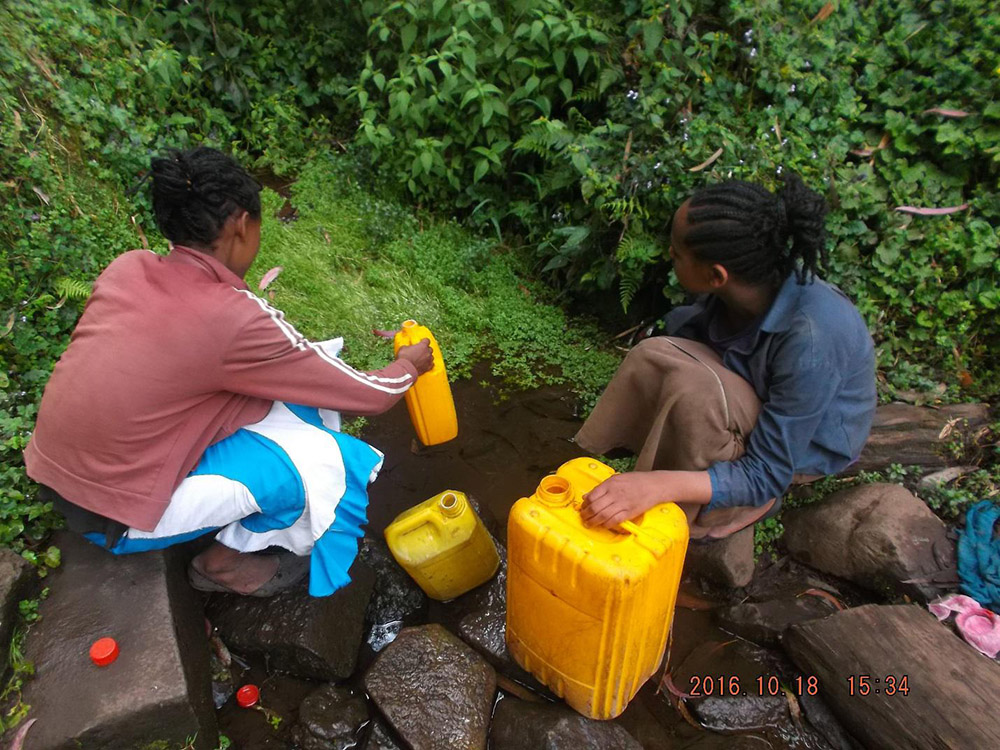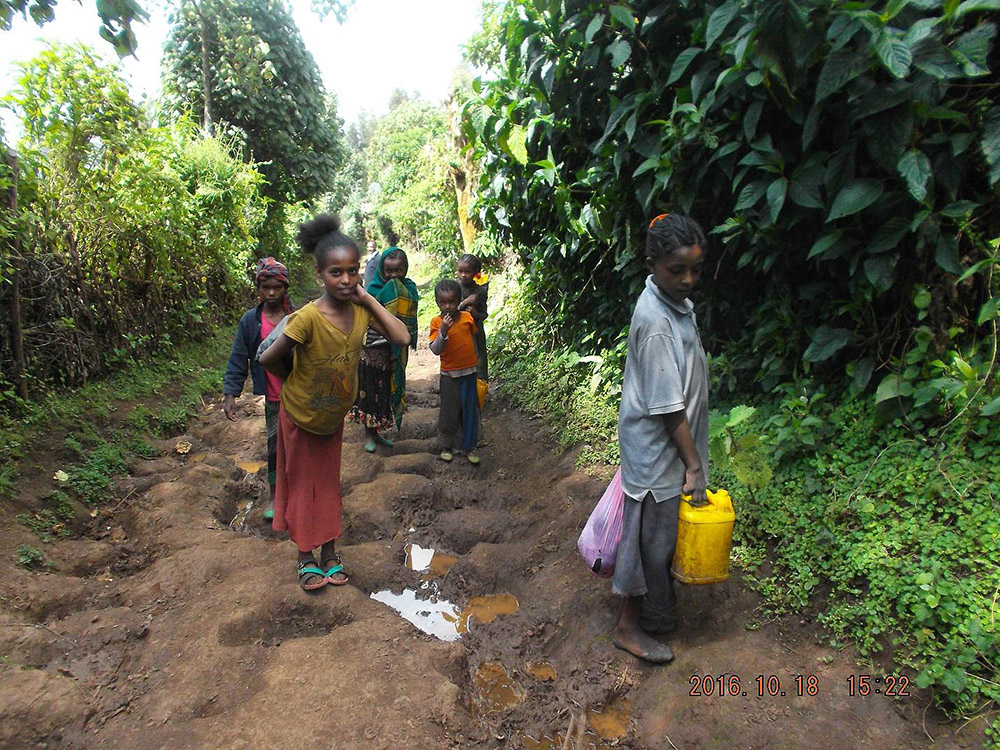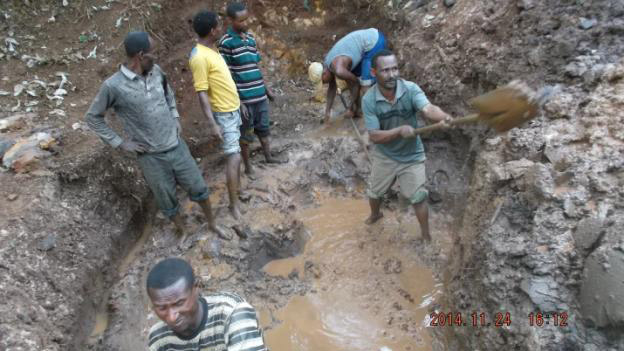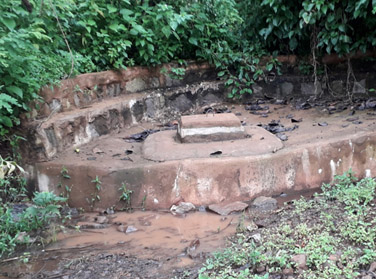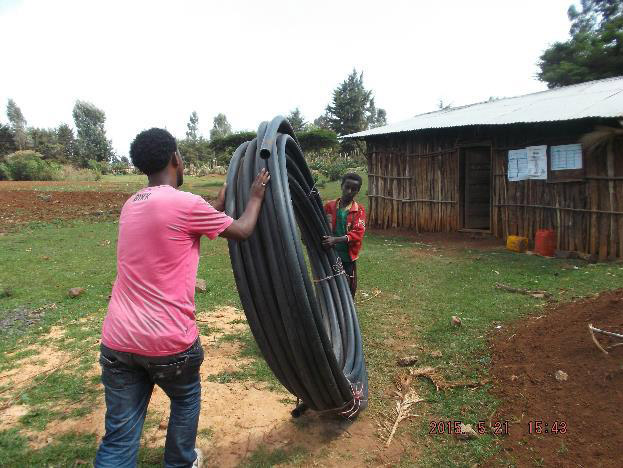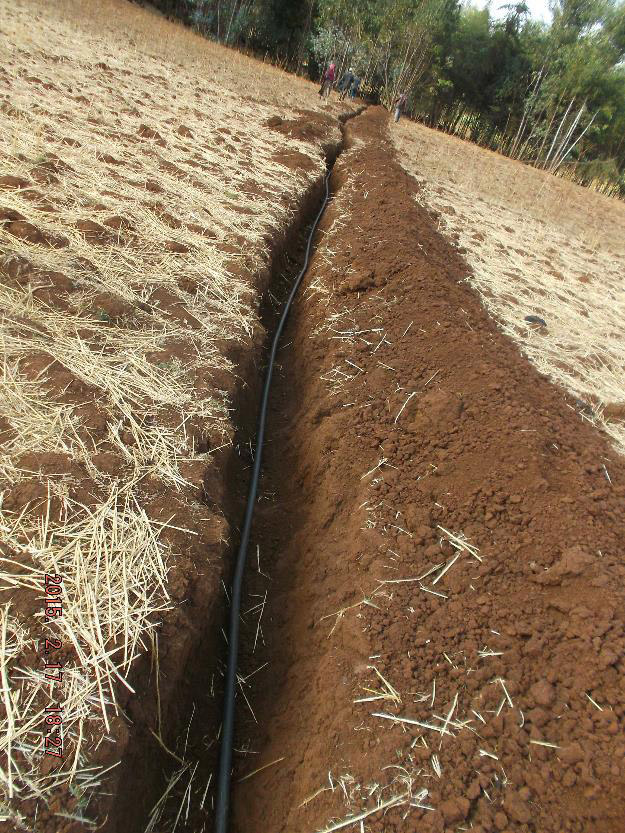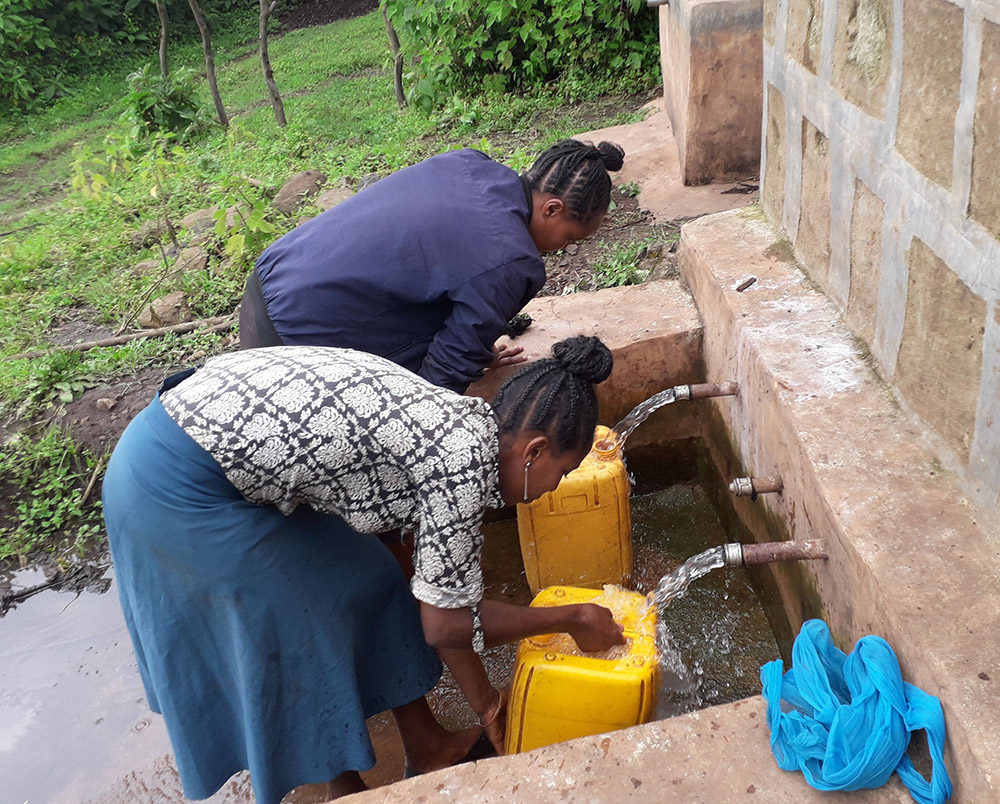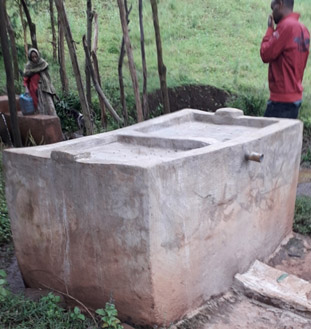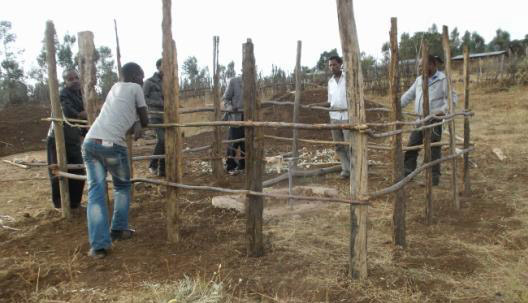Äthiopien
Amhara, Oromia and Southern Nations
In the Ethiopian regions of Amhara, Oromia and Southern Nations, about 40 small and medium-sized spring capping projects have been planned and implemented since 2009.
Starting point
As a rule, there are no rivers, streams or water sources directly in the village that could serve as a water supply. Therefore, the villagers – mostly women and girls – have to go on long daily marches to distant water points to carry the heavy filled jerry cans back to the village. The problem is not only that the carriers are physically overburdened and that many children cannot attend school, but also that the water is often not of drinking quality. Animals and humans often use the same water points. Severe health problems and diseases are often the result.
Goal
With its projects, the WaterFoundation wants to ensure that people in their villages have access to clean water in sufficient quantities, not only for drinking, cooking and washing, but also for hygienic care, so that diseases can be prevented. To achieve this, the water supply must be optimised and stabilised.
Implementation
In order to realise this, sufficiently productive water sources must first be identified. These are then secured and capped. Either water tapping points are installed directly at the captured source and fenced off. Or the location and distance are suitable for laying water pipes to the respective settlement. In this case, the water points can be built close to the village. Often, a washing facility and a separate watering place for livestock are also built. In other cases, simple hand wells are drilled and bricked.
The planning of the facilities, pipes and masonry water tanks is done by a specialist engineer. Handicraft work such as excavating the earth for the water pipes and refilling them, simple construction and masonry work or fencing in the facilities is done by the inhabitants of the villages themselves.
Result
Once the facilities have been built, which can take between two and three months of planning and working time, a water committee is set up to check and guarantee the functionality and use of the facilities in the spirit of sustainability. Since 2009, the commitment of the WaterFoundation has resulted in a reliable supply of drinking water for 17,000 people and 14,000 head of livestock in around 40 settlements.
Project partners
Most of the spring taps were implemented in cooperation with our project partner in Ethiopia, the EDA-E (Environmentalist Development Association – Ethiopia).
Costs
The costs for a spring catchment with pipes, water tanks and tapping points amount to about 3,000 to 5,000 euros. In total, a good 180,000 euros were spent by 2021.
The spring catchments and hand wells of the Water Foundation supply people in the villages:
Weyra, Kirite, Zeer, Gochamba, Gimbichu, Gimbaro, Mintirbo, Bati Futo, Yetobon Sefer, Burqa Walmara, Goyaben, bude Kessa, Yeteborn Tale, Ilamu Ibano, Dirre Naddo, Ingoyye Jurael, Kaso Wassarbi, Gashwett/Jor, Shola, Gedenfo Litt Went, Gofa Debr, Laga Baroda, Sendek Wenz, Kechinee Wenz, Laga Qiiltuu, Hargu Burqqa, Lag Bala Warqe, Heeto Tiyya, Chaffe, Burqqa Jalissi, Lalistu Bila, Birbe, Harussa, Mumme, Dorii, Harojji 4, Rogge, Dorii School
